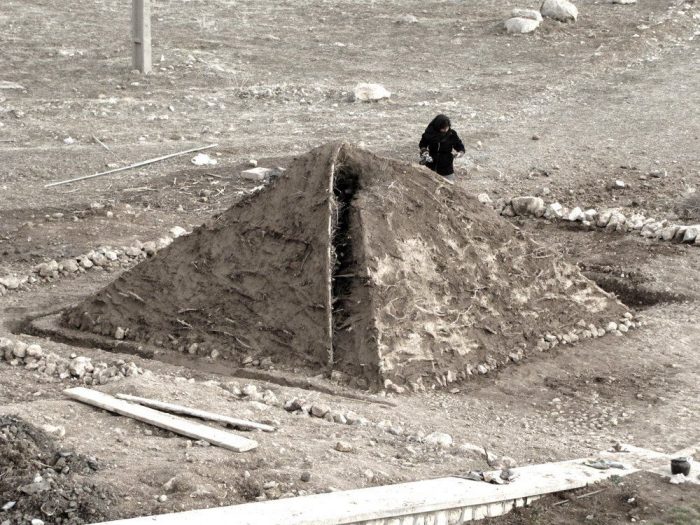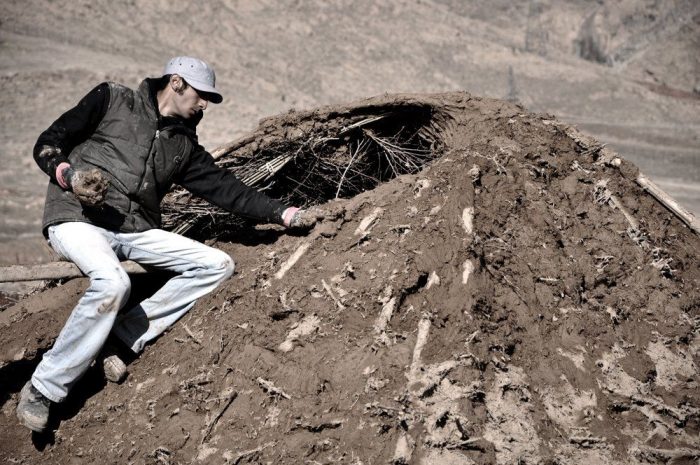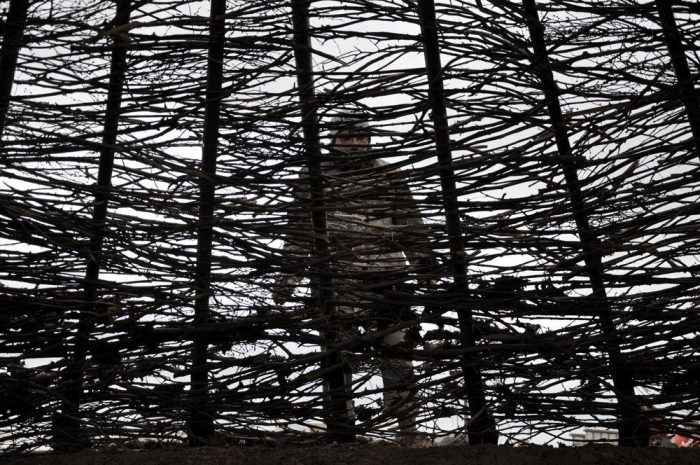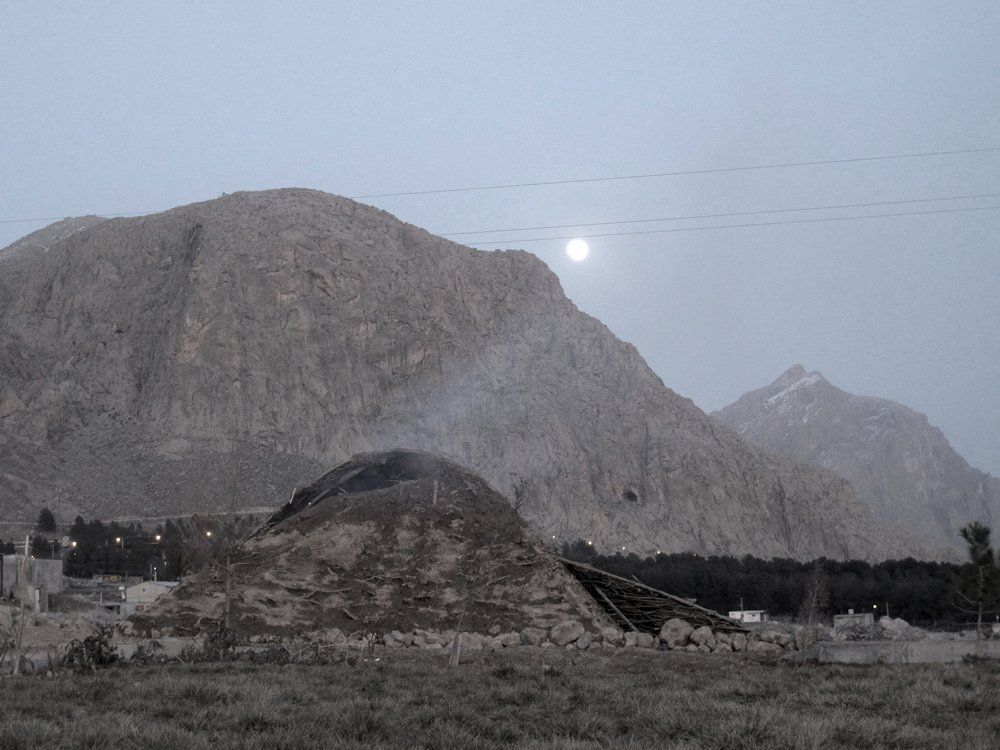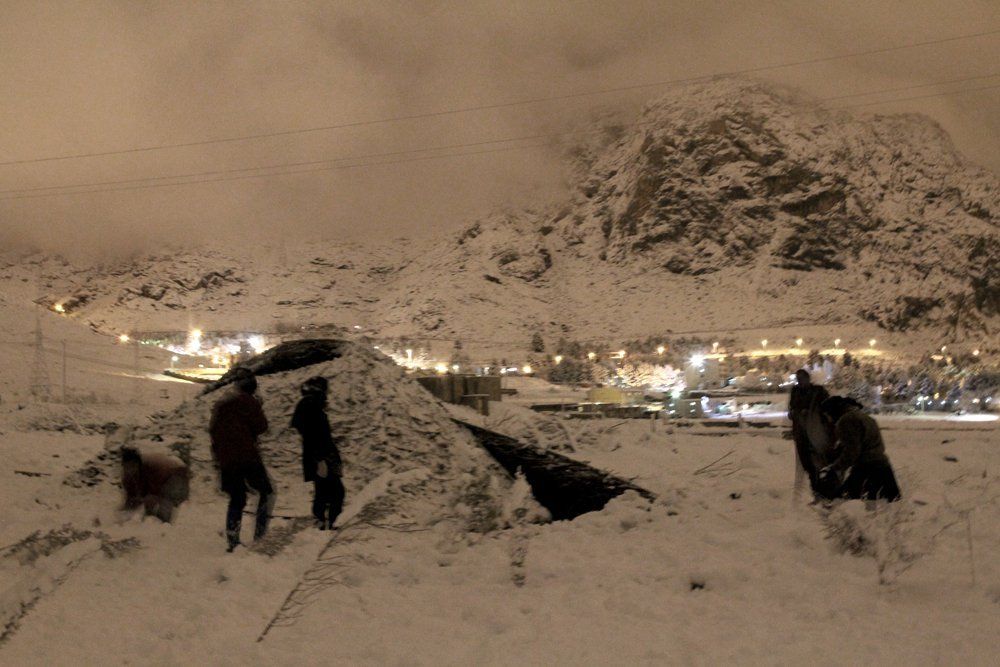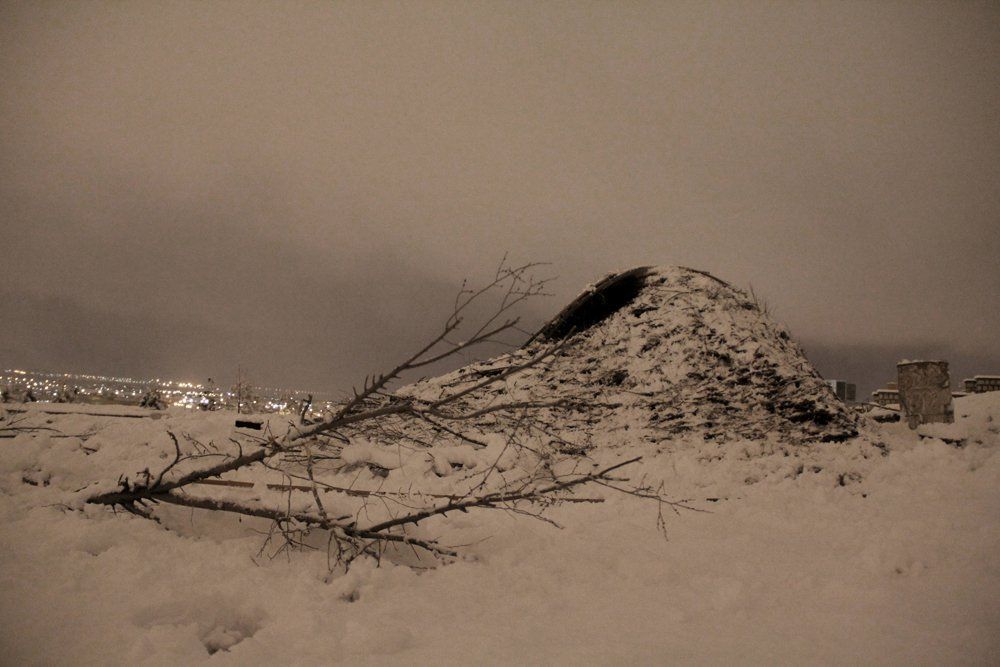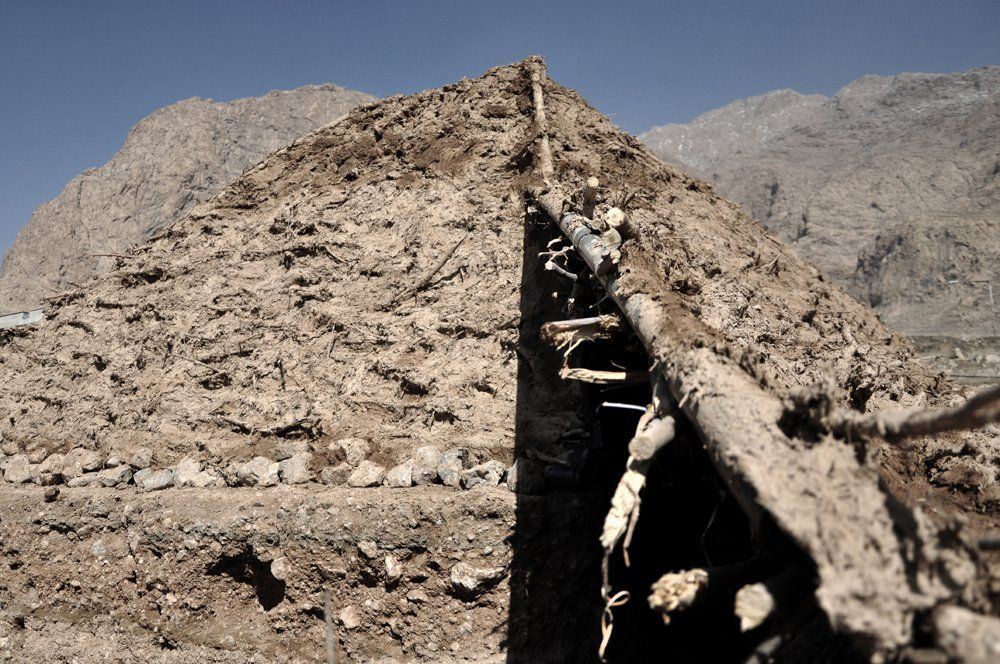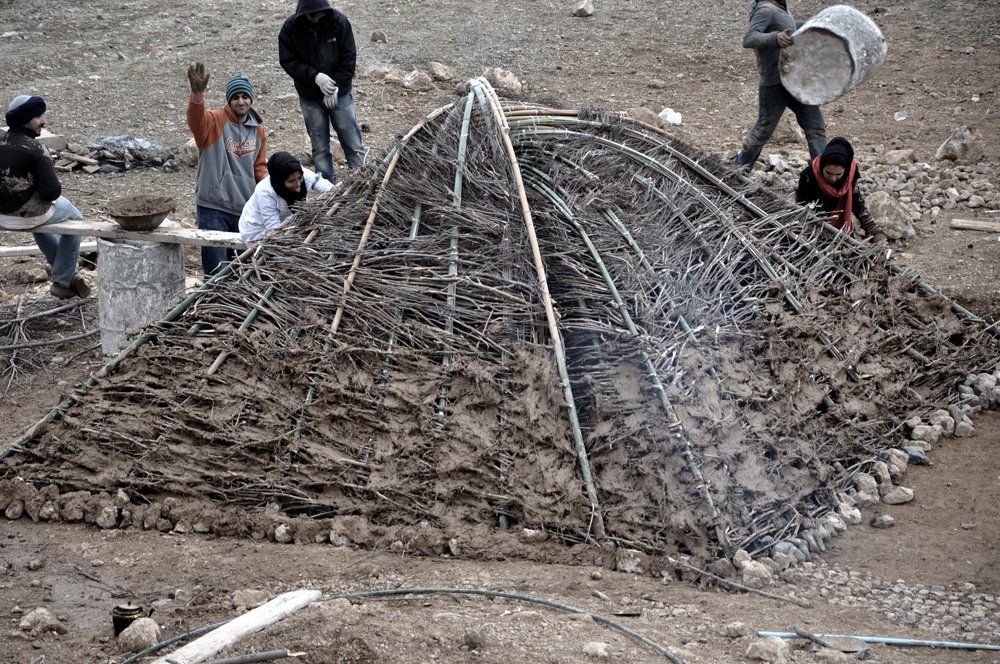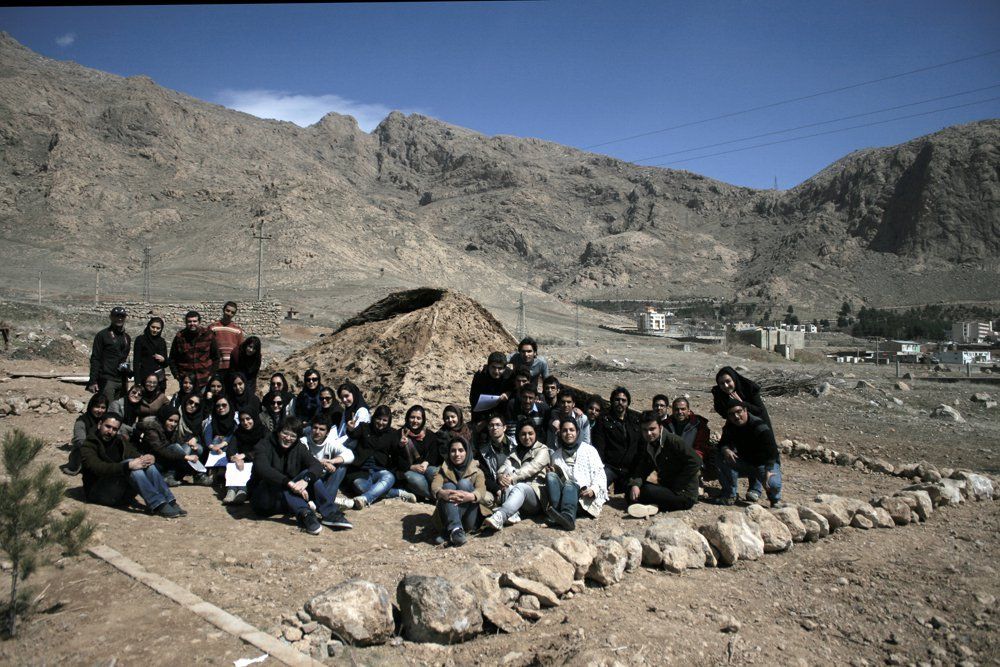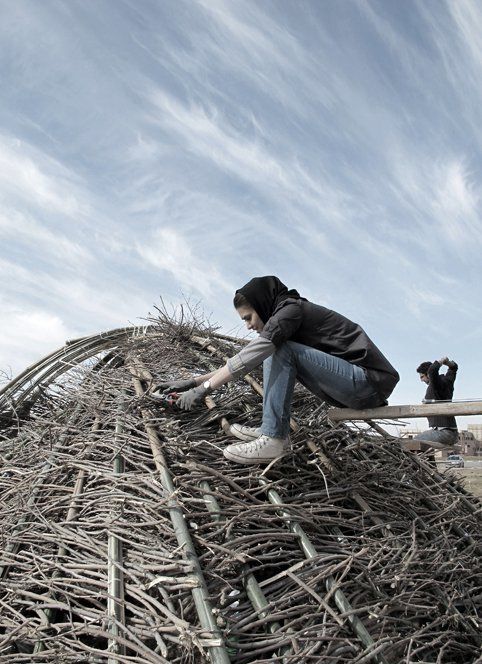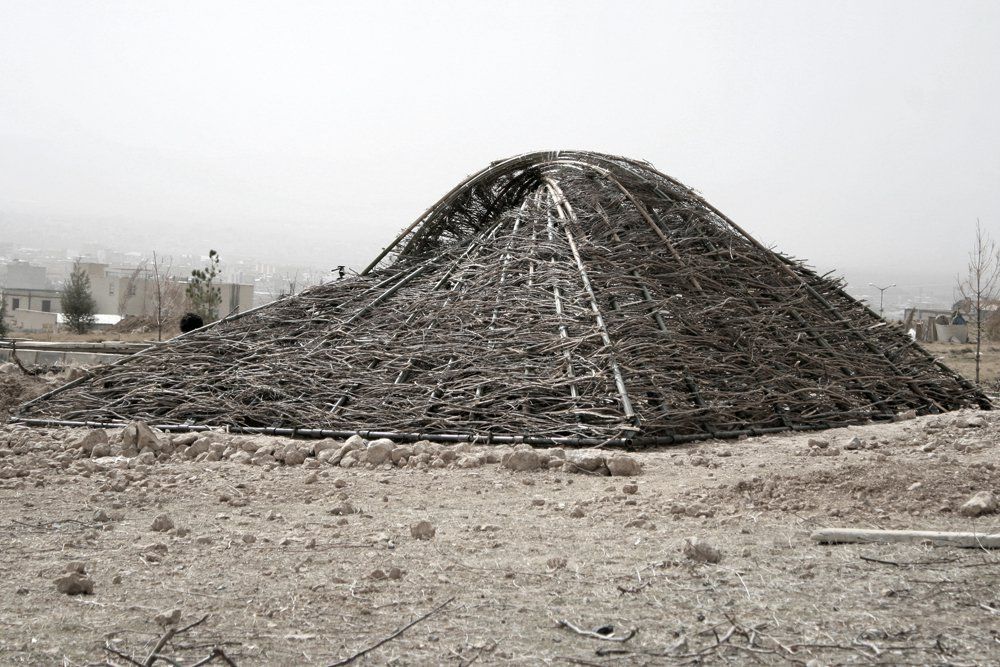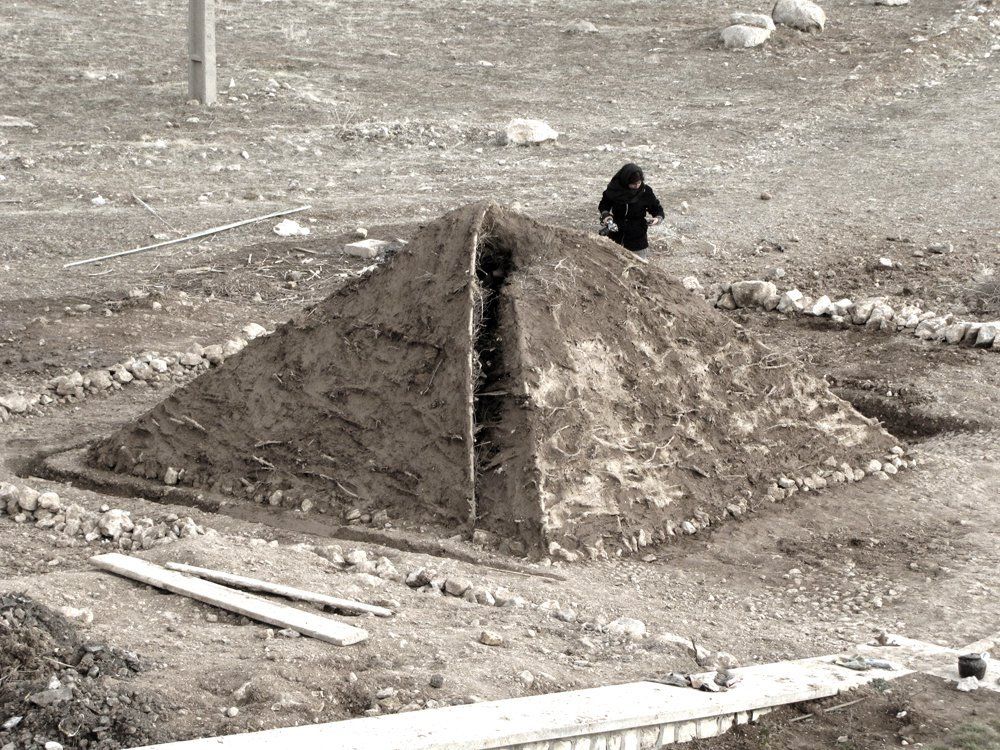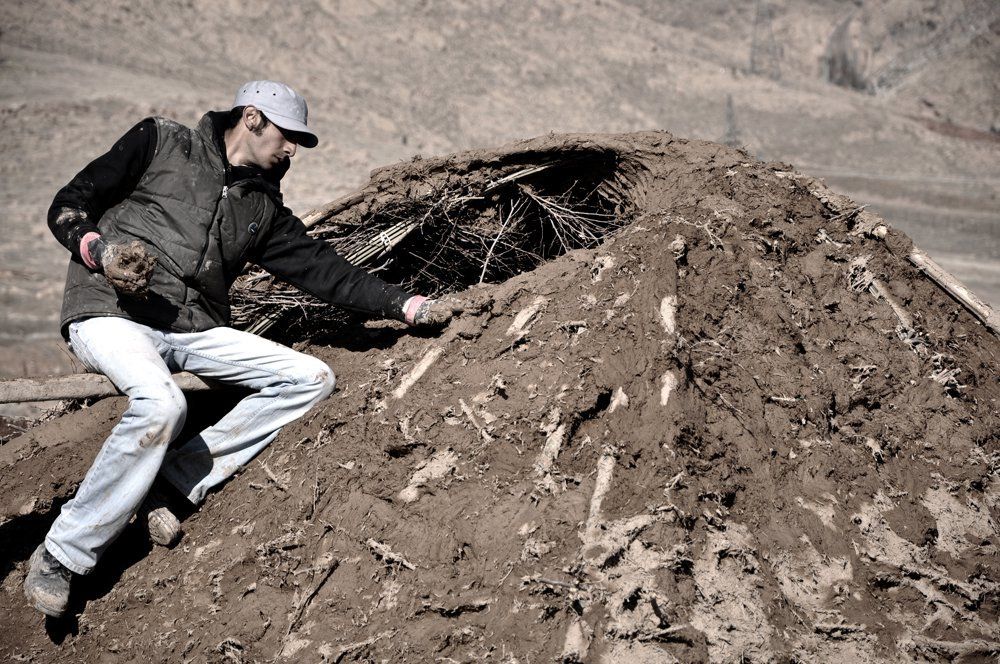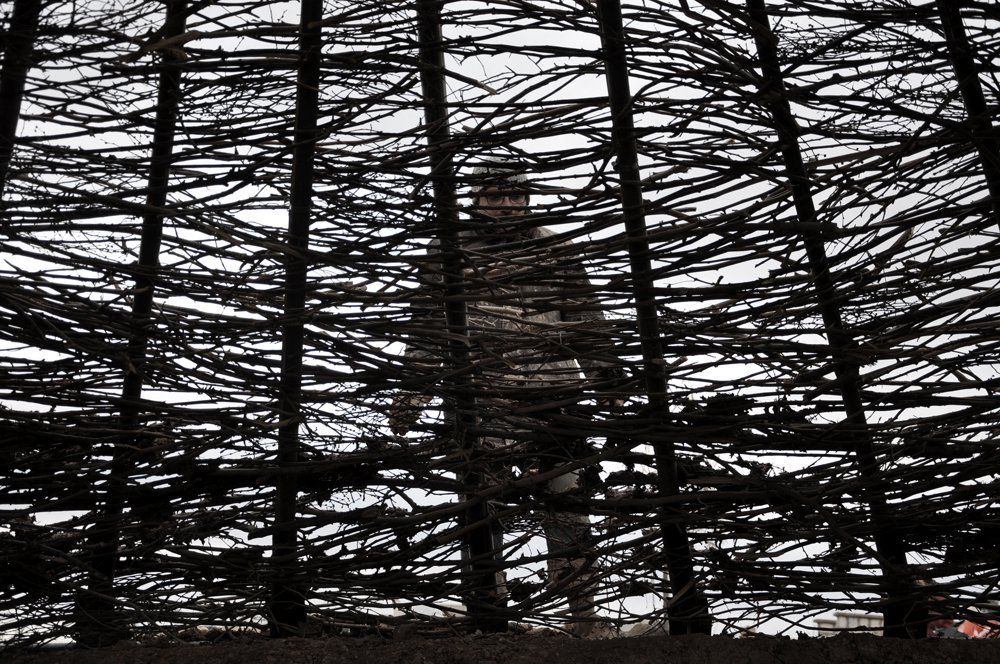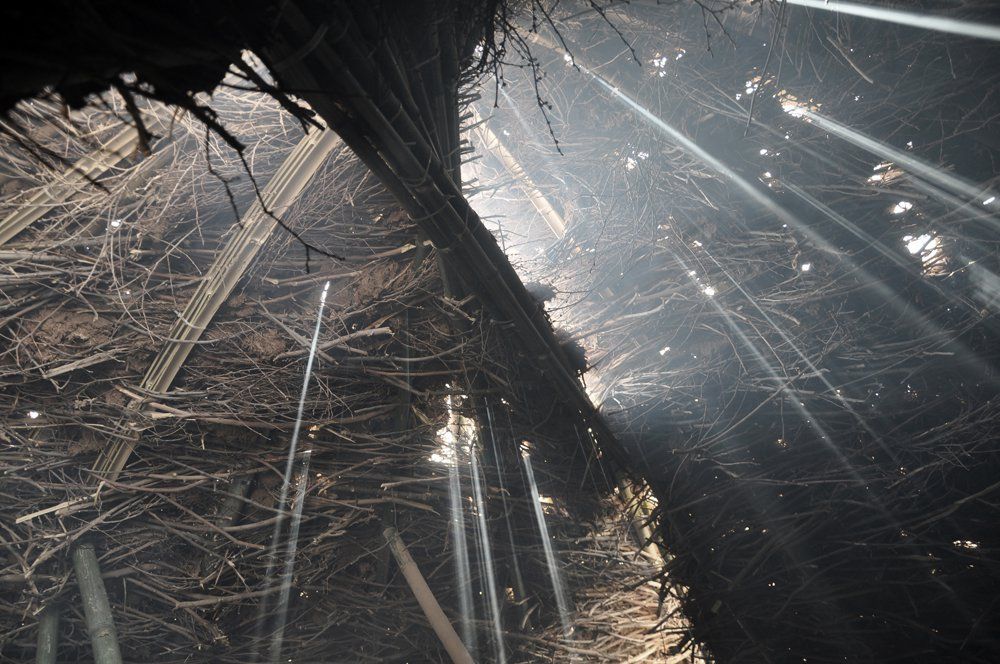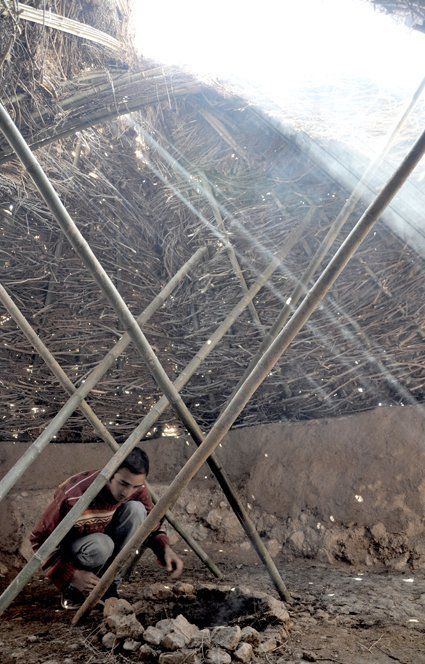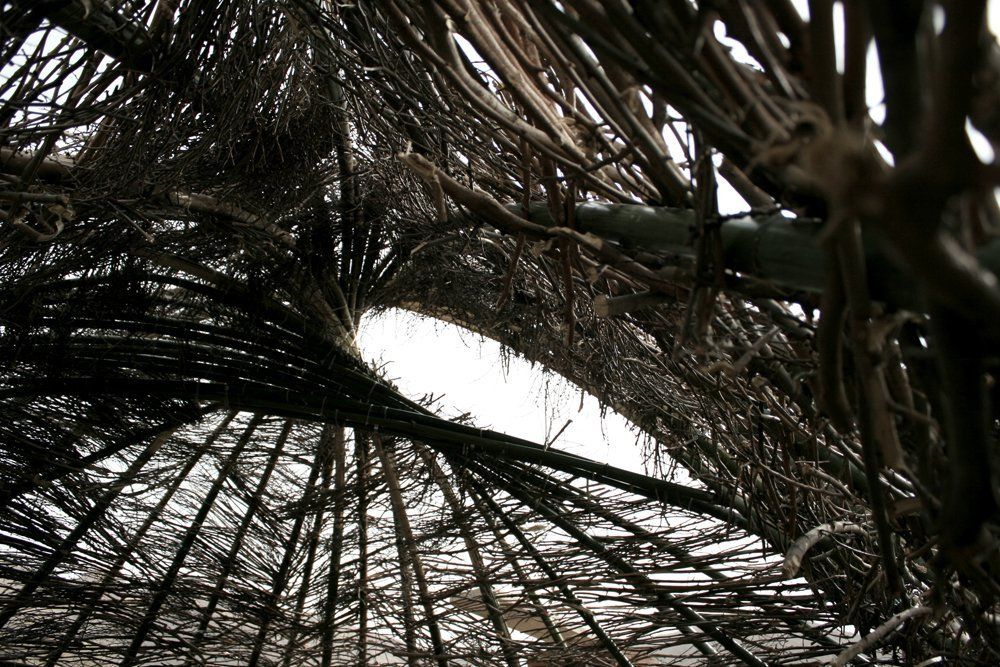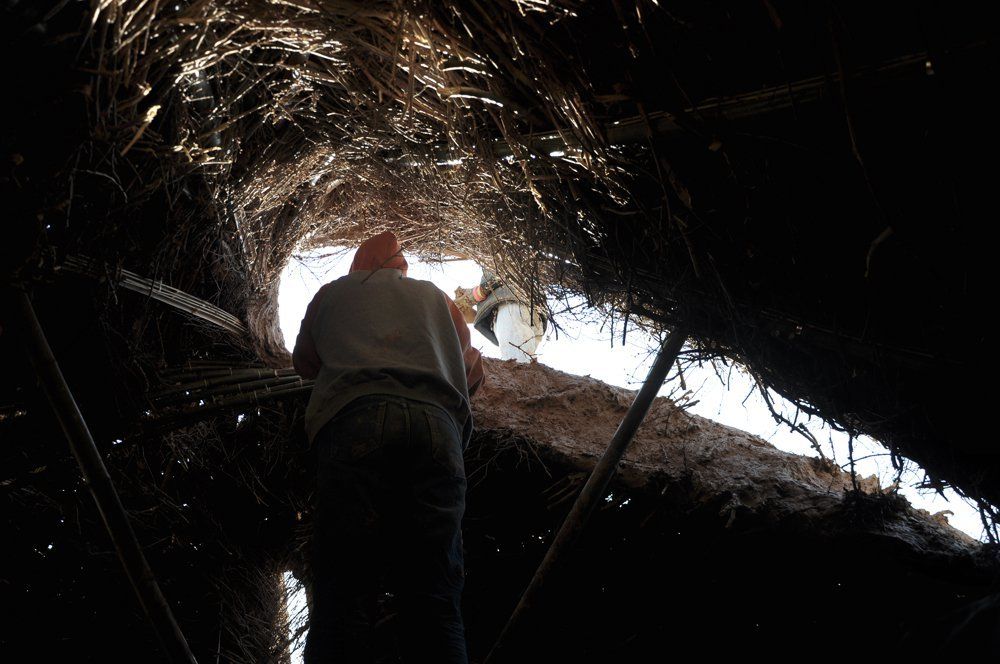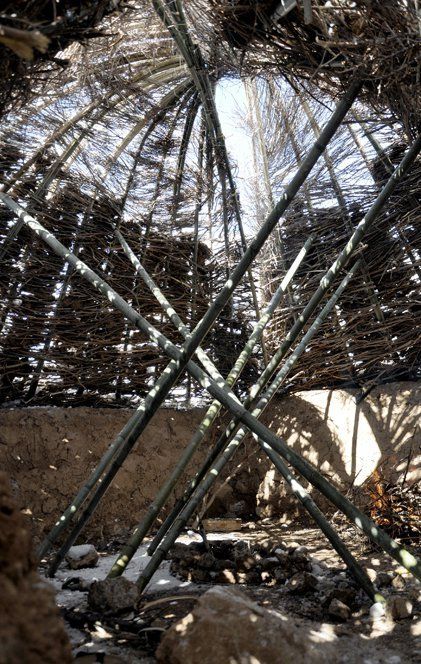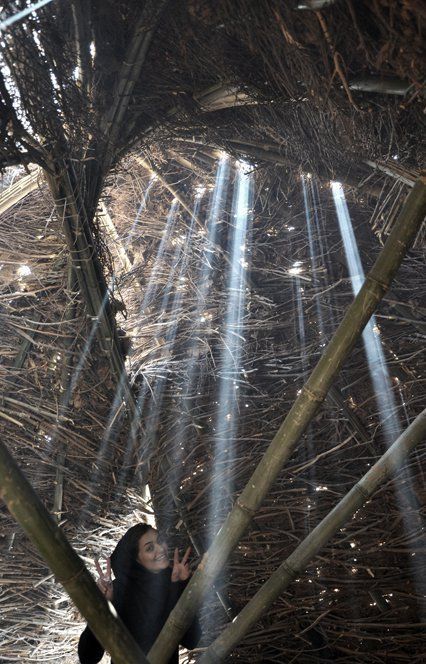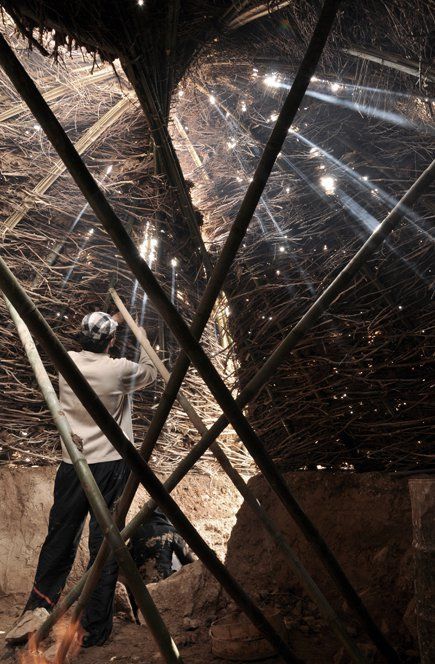Have you ever become irritated at how damningly complex traditional, ‘to-code’ architecture is and thought ‘I know this is do-able, I could make it out of ________!’? Well, you should feel right in thinking this way, because many things are easier than we make them out to be and quite suitable for resourceful and thrifty, which is exactly what Architecture for Humanity specializes in! What follows is a description given by Ken Smith from the headquarters of Architecture for Humanity in San Francisco, for their recent Mud Structure project.
After spending several months with us in our headquarters office, our good friend and colleague, Pouya Khazaeli, returned to his native Iran to begin work on an exploratory mud structure project in Kermanshah, Iran. He and his ambitious team of designers and university students are eager to spread the practice of humanitarian design and have a particular interest in sustainable and inexpensive construction techniques for the undeveloped region on the border between western Iran and eastern Iraq.
The prototype dwelling consists of a bamboo structure, tree branches and walls made out of mud. The tree branches came from a number of trees the mayor of Kermanshah had removed for a transit project. The cost of each unit is $900 USD and the team aims to build 10 to 20 dwellings in total. The 25-day workshop provided participating students with the opportunity to learn sustainable earth architecture construction methods complementing their academic curriculum in design. The first prototype structure will serve as a student pavilion at the University of Razi.
As a result of the project in Kermanshah, the team has been invited to participate in the festival Grains D’Isère 2012 in France. Teams will build an entire village for children using different earth architecture techniques. The workshop, entitled “The houses of the Three Little Pigs,” is based on a scientific and artistic approach exposing children to natural materials in a way that creates awareness on the richness and diversity of their environment.
Photography by © Mahsa Masoudi
Photography by © Mahsa Masoudi
Photography by © Mahsa Masoudi
Photography by © Mahsa Masoudi
Photography by © Mahsa Masoudi
Photography by © Mahsa Masoudi
Photography by © Mahsa Masoudi
Photography by © Mahsa Masoudi
Photography by © Mahsa Masoudi
Photography by © Mahsa Masoudi
Photography by © Mahsa Masoudi
Photography by © Mahsa Masoudi
Photography by © Mahsa Masoudi
Photography by © Mahsa Masoudi
Photography by © Mahsa Masoudi
Photography by © Mahsa Masoudi
Photography by © Mahsa Masoudi
Photography by © Mahsa Masoudi
Photography by © Mahsa Masoudi
Photography by © Mahsa Masoudi
Photography by © Mahsa Masoudi


